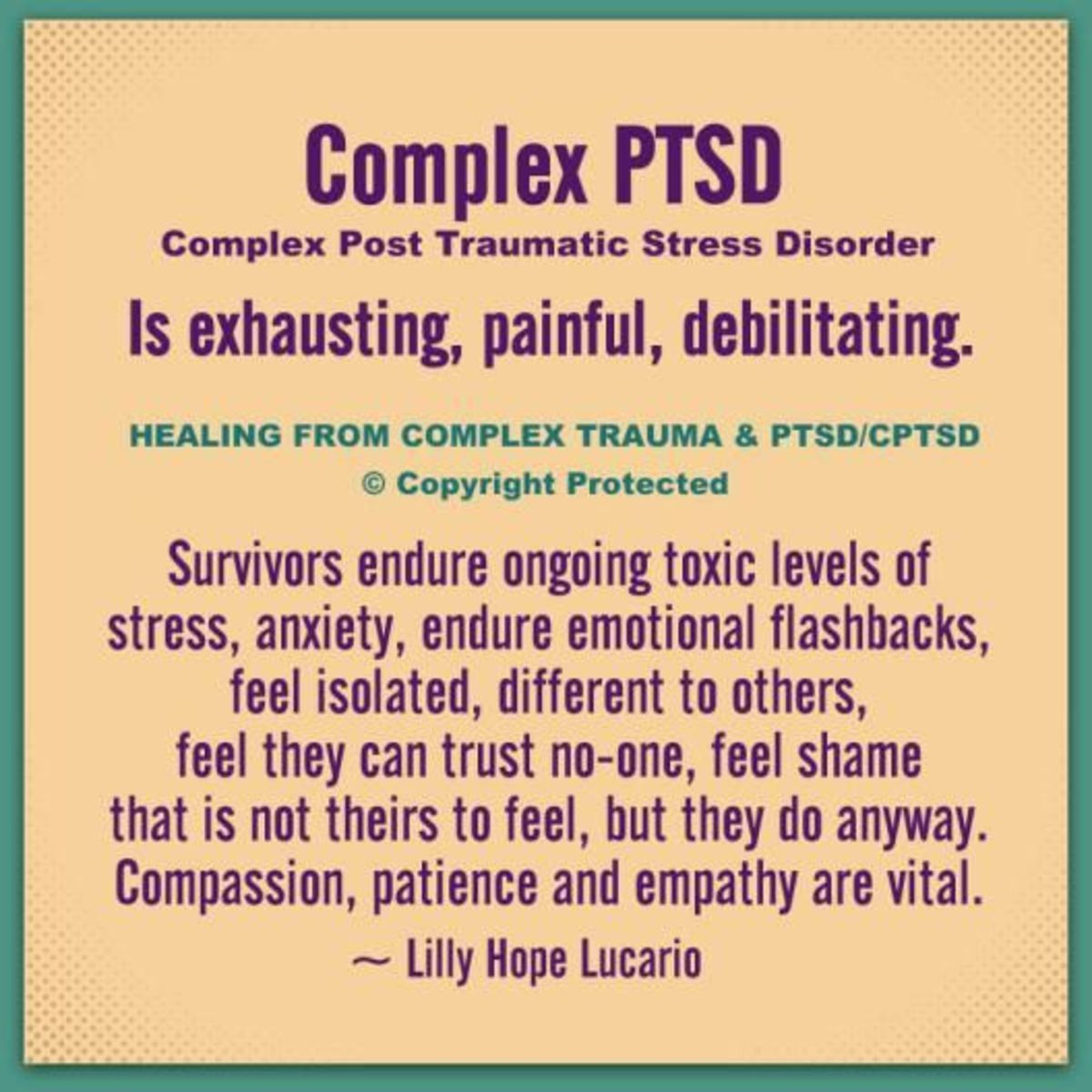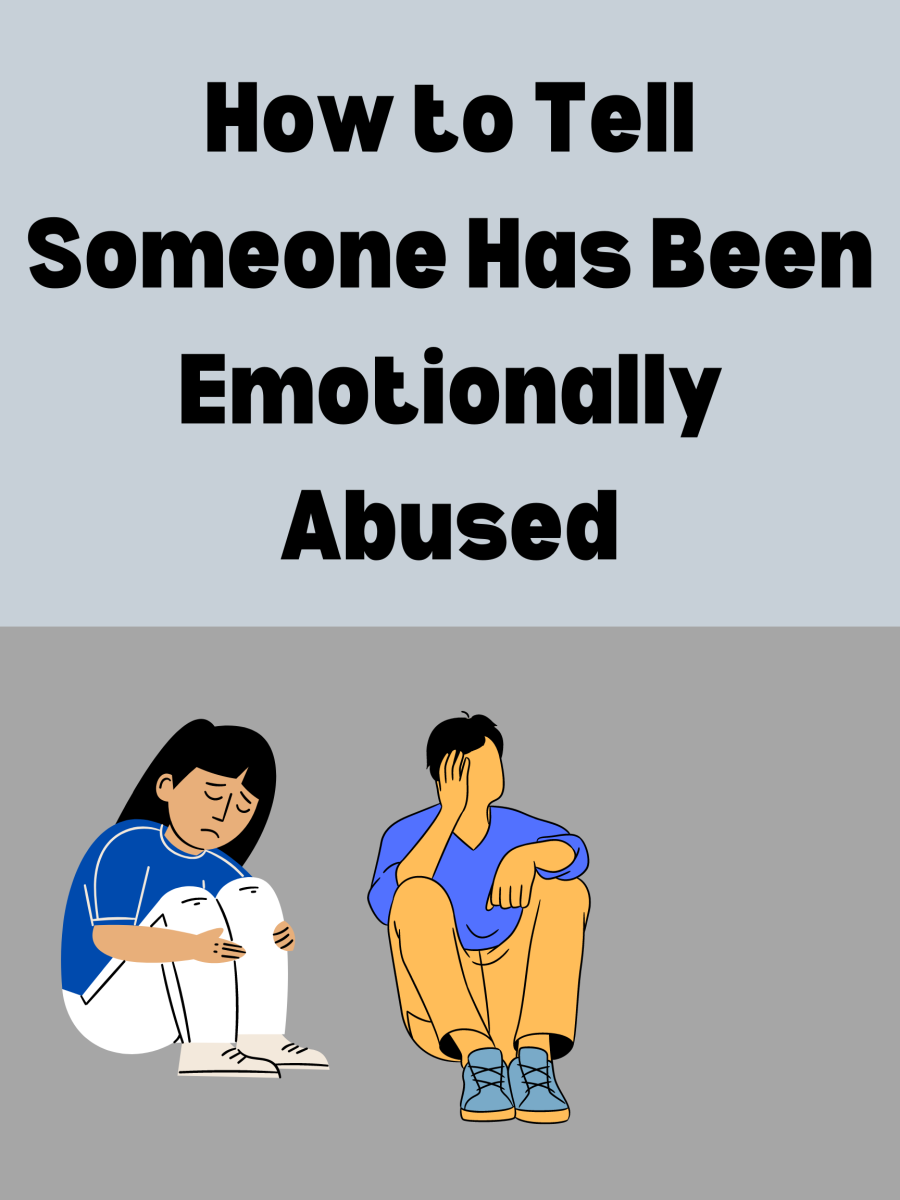Intrusive Thoughts and Intrusive Images
Are intrusive thoughts or intrusive images affecting your daily functioning??
Intrusive thoughts and intrusive images are repetitive thoughts or images which intrude into our everyday lives so much so that our daily functioning is affected.
Everyone has experience of being preoccupied by a worrying thought or idea in a time of stress. We might fear for the safety of our loved ones when they are away from us or worry about our own health symptoms and what they may indicate.
Intrusive thoughts and intrusive images are not healthy and, once recognized, there are many ways to address them.

What are intrusive thoughts and intrusive images?
Intrusive thoughts and intrusive images are unwelcome involuntary thoughts, images, or unpleasant ideas that may become obsessions, are upsetting or distressing, and can be difficult to manage or eliminate (OCD Action).
Typical topics of intrusive thoughts or intrusive images include:
- harming someone physically/sexually (a child, a close friend, a family member, passerby, an animal)
- unwanted sexual thoughts/images
- robbing a bank
- indecently exposing oneself
- flashbacks to a previous traumatic experience
- impulses to shout inappropriate or offensive things
- threatening supernatural figures such as ghosts or demons
The possibility that individuals who experience intrusive thoughts or images will act on them is low. Quite often the thoughts or images themselves go against the very basic moral or religious makeup of the person and thus only increases to their distress by adding a layer of guilt and shame.

Who experiences intrusive thoughts or intrusive images?
In a clinical setting intrusive thoughts or intrusive images are seen in some individuals with OCD (Obsessive Compulsive Disorder), PTSD (Post-Traumatic Stress Disorder), Major Depressive Disorder, Postpartum Depression and psychosis.
The nature of the intrusive images or intrusive thoughts experienced by individuals vary greatly but some common patterns can be seen when examining them within the psychological disorders in which they are experienced. The obsessive and repetitive nature of anxieties experienced by individuals with OCD serve to bolster intrusive thoughts or images and reinforce a sense of fear and anxiety. In the case of sufferers of postpartum depression common intrusive thoughts or images are based around aggressive thoughts of injuring one's own child. Understandably, such thoughts can cause considerable distress to mothers and the reluctance to come forward and publicly acknowledge such personal thoughts can lead to a cycle of repetitive haunting cognitive intrusions. The key difference between the intrusive thoughts or images experienced by individuals with PTSD and other disorders is that the intrusive thoughts or images are of traumatic events which actually happened to them and not imagined scenarios.
Highly recommended books dealing with the issues of intrusive thoughts or intrusive images

How to free yourself from the fear and grip of intrusive thoughts or intrusive images
- Acknowledge the intrusive thought or image. It has been widely accepted that attempting to suppress or ignore an intrusive thought or image actually leads to their strength and further discomfort for the individual in question. A 2005 study reported that those instructed to suppress intrusive thoughts experienced more distress after suppression, while patients instructed to accept the bad thoughts experienced decreased discomfort.
- Normalise. Remind yourself that everyone experiences crazy, disgusting and horrific thoughts at some times. It is crucial to remember that, in no way, are you 'losing your mind'. An intrusive thought or image is just that, a thought, an image, nothing more. It is not reality and you are aware of that.
- Positive reassurance and affirmations. When you acknowledge the intrusive thought or image examine it and reassure yourself that what you are thinking is not only illogical but also not something that you would ever do.
- Relive your intrusive thoughts or intrusive images when you are in control. Although it may seem counter-intuitive it can actually help to re-experience intrusive thoughts or images when you are in a calm frame of mind. When you have found somewhere peaceful where which you feel safe don't be afraid to think of those thoughts or images that may haunt you. This time when you choose to experience the intrusive thoughts or images you can be in a place to find humor or stupidity in things which normally haunt you. This will lead to an eventual downplaying of the level of anxiety you experience.
- Confide in a trusted friend, therapist or family member. Experiencing intrusive thoughts and images can be an extremely anxious time. Reaching out to another person to confide in them about what you are experiencing removes some of the isolation and fear. Intrusive thoughts and images are a lot less scary when discussed between two people than left to to be constantly suppressed at the back of your mind.
- Seek professional help. There are numerous professional resources available to individuals looking for support with intrusive thoughts or images. If this is the first time you are seeking help for a problem in this area make an appointment with your local doctor and you will most likely be referred to a therapist, psychologist or psychiatrist depending on who you wish to see. All professionals in the mental health area are aware of the impact that intrusive thoughts and images can have on individuals and there are many behavioural supports in place to help such as CBT (cognitive behavioural therapy) and stress management techniques. Support can also be found in organisations, online forums and support groups.
- Medication. If your intrusive thoughts or images are part of a larger psychological disorder and are severely interfering with your everyday functioning, in some cases it may be beneficial to try some medications such as SSRI anti-depressants which help control anxiety. It is recommended that medication alone is not used in attempting to manage intrusive thoughts or images in order to encourage the individual to address some of the underlying anxiety issues and also to learn skills and techniques involved in the management of stress and anxiety levels.





